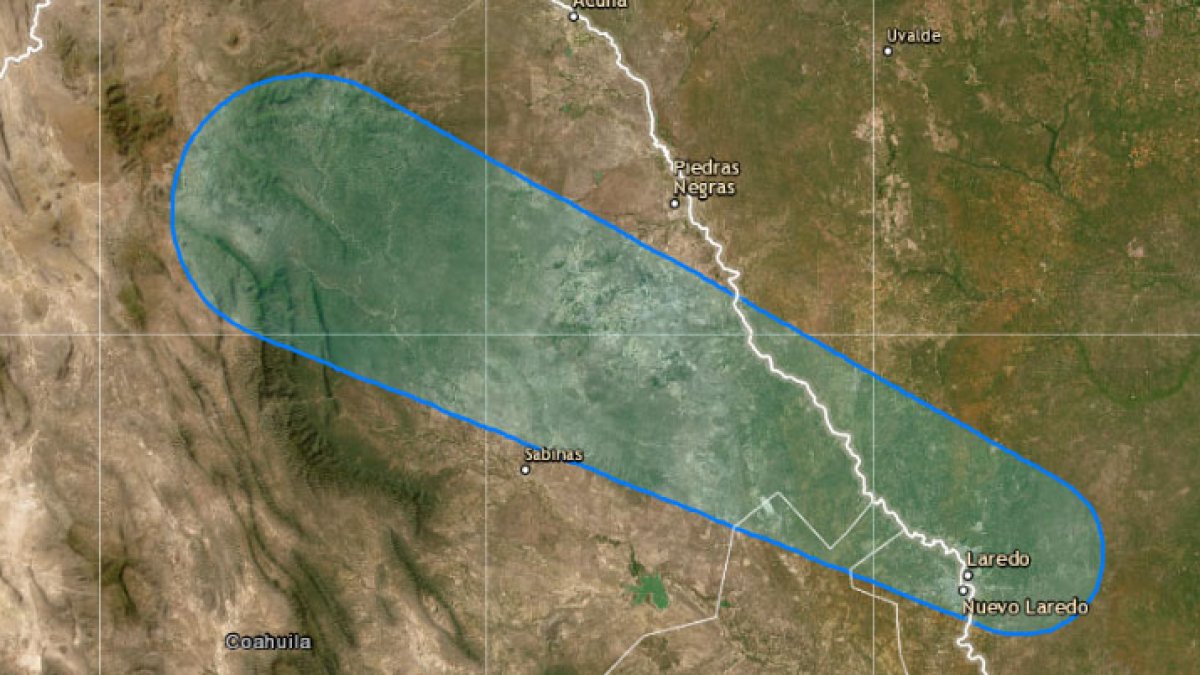Tropical Storm Harold weakened to a tropical depression on Tuesday after entering South Texas, the National Hurricane Center (NHC) said.
According to Tuesday’s 5 p.m. ET bulletin, the system was about 15 miles east of Laredo, Texas. It had sustained winds of 35 mph and was moving west-northwest at 21 mph.
NHC forecasters predict that Harold will bring heavy rain and strong winds for the next few hours.
It will be the first system to enter Gulf of Mexico waters during the 2023 hurricane season.
Current notifications, watches and alerts
Warnings and monitoring have been discontinued.
Conservation work continues due to weather conditions.
What to Expect in Texas
2 to 4 inches, with isolated amounts of up to 6 inches, are expected across South Texas through Wednesday. This rain can trigger flash floods.
In Mexico, 4 to 6 inches, with isolated amounts of 10 inches, are expected through Wednesday in northern Quila and Nuevo Leon.
The combination of storm surge and tide can inundate dry areas near the coast with rising water moving inland. The mouth of the Rio Grande to Sargent, including Baffin Bay, Corpus Christi Bay and Matagorta Bay, could reach 1 to 3 feet of water.
Additionally, a pair of tornadoes are possible in South Texas in the afternoon and large waves are affecting parts of the area.
This is how the season goes in the Atlantic
Eight tropical storms have formed so far in the current Atlantic hurricane season, which began on June 1: Arlene, Brett, Cindy, Dan, Gert, Emily and Franklin.
Out of this, only Cyclone Dawn strengthened into 1 cyclone. Fortunately, the cyclone did not wreak havoc as its track remained at sea.
Andrea Romero and Dairi Yonova explain everything you need to know about hurricanes in detail.
On August 10, The National Oceanic and Atmospheric Administration Office (NOAA) said the 2023 Atlantic hurricane season will be “above normal.”
As usual, NOAA issues an update on the hurricane season in August, which ends on November 30 before the peak season begins between August and October.
According to the NOAA Climate Prediction Center announcement, 14 to 21 named storms are forecast, of which 6 to 11 will become hurricanes. Of these, between 2 and 5 are the most severe (Category 3 to 5).
This is an increase from May’s forecast that NOAA’s Atlantic season would be “close to normal,” with between 12 and 17 named storms and between 5 and 9 hurricanes, including 1 to 4. With high severity (category 3 to 5).


:quality(85)/cloudfront-us-east-1.images.arcpublishing.com/infobae/2UOOXCMTEVDUJJ5OO5UCTMBOGM.jpeg)
:quality(85)/cloudfront-us-east-1.images.arcpublishing.com/infobae/ENMAROZTNRTWZF4TEPC67CIGVI.jpg)

:quality(75)/cloudfront-us-east-1.images.arcpublishing.com/elcomercio/XEO2VOOGNVAG3GR2G353WZ6QKU.jpg)